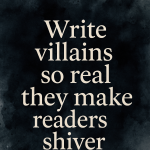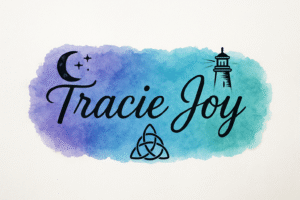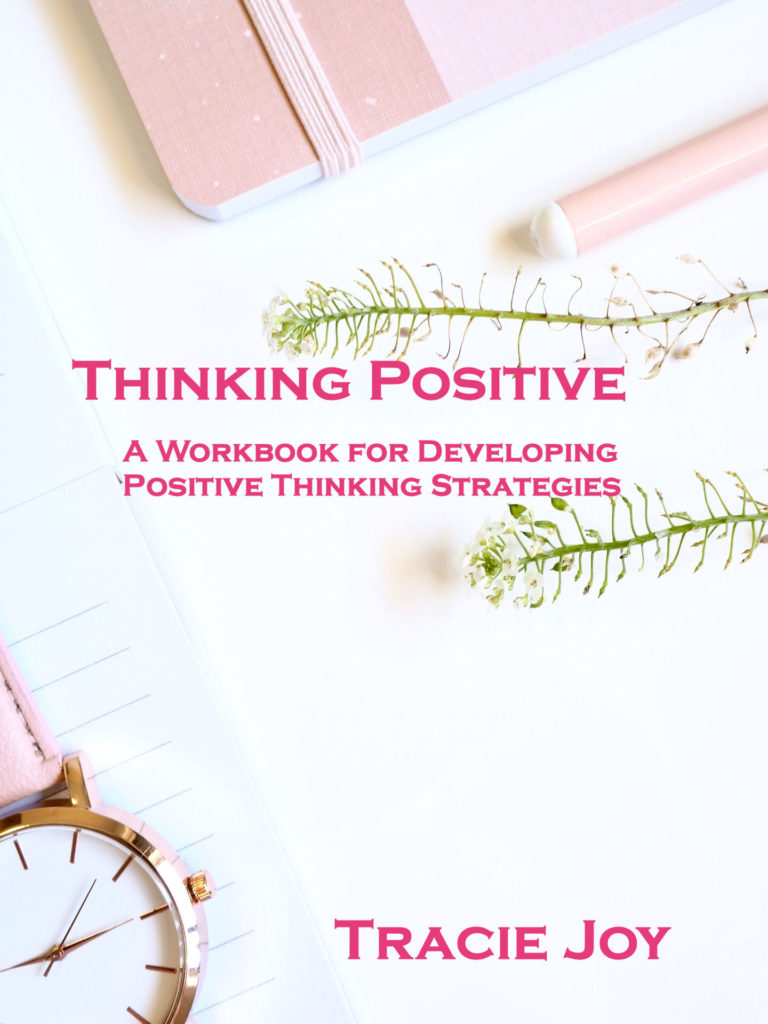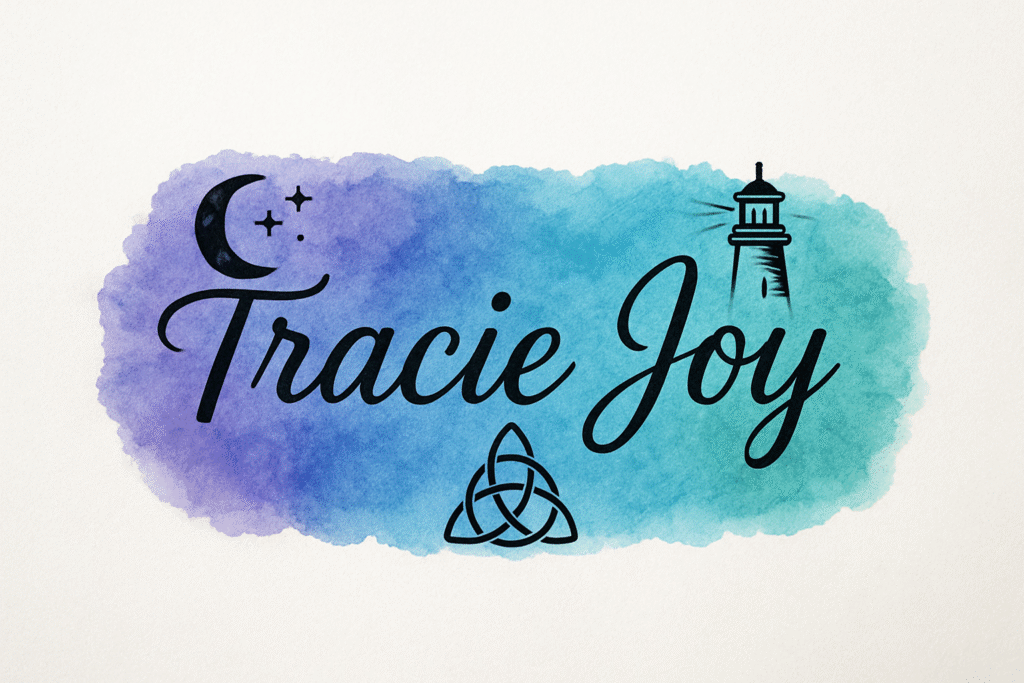How to Write Believable Villains Readers Love to Hate
See this guy? He is not a believable villain. Have you e ver read a book where the villain is so over-the-top evil they might as well be twirling a mustache while tying someone to the train tracks? Yeah. Don’t do that. Readers are too smart for cartoon bad guys. If you want your story to stick, your villains need to feel real, flawed, and — the real magic — a little bit relatable. The best believable villains don’t just do bad things; they make us wonder what we’d do in their shoes.
ver read a book where the villain is so over-the-top evil they might as well be twirling a mustache while tying someone to the train tracks? Yeah. Don’t do that. Readers are too smart for cartoon bad guys. If you want your story to stick, your villains need to feel real, flawed, and — the real magic — a little bit relatable. The best believable villains don’t just do bad things; they make us wonder what we’d do in their shoes.
The Secret Sauce: Motivation That Makes Sense
Every great villain believes they’re the hero of their own story. They don’t wake up thinking, “I’m going to be evil today!” They think they’re right. Maybe they’re protecting someone, saving the world in their own warped way, or trying to fix a past wound.
Take Killmonger from Black Panther. His motives make sense — justice for his people — even if his methods are violent. That’s what makes him powerful. Same goes for Javert in Les Misérables, whose devotion to law and order blinds him to mercy. When readers can trace a villain’s logic, even twisted logic, they lean in instead of rolling their eyes.
If you want a deeper dive into villain archetypes and psychology, Reedsy’s guide to writing villains is a great resource for exploring what drives your bad guys beyond “because plot.”
Writer tip: Try writing a journal entry from your villain’s point of view. Let them justify everything. You’ll be shocked how fast they stop being “the bad guy” and start feeling heartbreakingly human.
Flaws and Fears: The Villain’s Soft Underbelly
Nobody’s perfect — especially villains. Give them a weakness, a blind spot, a fear they can’t shake. Maybe your power-hungry queen is haunted by her own insignificance. Maybe your mad scientist can’t handle rejection. Weaknesses don’t make villains less scary; they  make them fascinating.
make them fascinating.
Look at Lord Voldemort: beneath all the grandeur and the snake-face aesthetic is pure terror of death and insignificance. Or think of Mrs. Danvers in Rebecca — she’s obsessive, manipulative, and tragically devoted to a ghost. Their humanity, however warped, is what lingers.
When you layer in those fears, readers see themselves reflected in the monster. That’s the uncomfortable brilliance of believable villains.
The Charm Factor: Make Us Love Them (Just a Little)
A truly believable villain can charm your readers into conflicted adoration. You don’t have to make them nice, but a bit of charisma never hurts. Give them wit, intelligence, or an oddly strict moral code. Even Hannibal Lecter has impeccable manners — right up until dinner.
Or consider Loki, the god of mischief himself. He’s selfish, chaotic, and somehow irresistible. Readers love complexity, and a charming villain adds layers that pure evil can’t.
If you’re juggling tone in your story — say, balancing tension and humor while your charming sociopath steals the show — check out Balancing Humor and Drama in Fiction for tips on keeping your story emotionally grounded.
Actions Speak Louder Than Monologues
Show us who your villain is through what they do, not what they say. A sneer, a hesitation, or a quiet act of mercy says more than a ten-page manifesto ever will. Remember Cersei Lannister pouring wine while plotting kingdoms into ruin? Every motion screams power and danger — no monologue required.
And sometimes, less is more. A believable villain doesn’t need constant screen time to be unforgettable. Think Nurse Ratched in One Flew Over the Cuckoo’s Nest: calm, composed, terrifyingly controlled. The quiet ones often haunt us the most.
Let the Hero Reflect the Villain
The best rivalries are mirrors. Believable villains forces your heroes to confront their own flaws — fear, hypocrisy, or a moral line they never thought they’d cross. Without the villain, the hero wouldn’t evolve.
Harry Potter’s courage is sharpened by Voldemort’s obsession with power. Frodo’s mercy is magnified by Gollum’s corruption. Every good hero needs a villain who reflects what they could become if they made one wrong choice.
Redemption or Ruin: Stick the Landing
How your villain exits the story matters. Maybe they’re redeemed like Zuko in Avatar: The Last Airbender. Maybe they go down with a bitter grin, like the Joker in The Dark Knight. Or maybe they simply vanish, leaving readers unsettled and whispering, “Are they really gone?”
gone?”
A believable villain’s ending should feel inevitable, not convenient. Their fall should tie back to their core flaw or fear — the thing that made them human in the first place. When readers close the book feeling a pang of sympathy for your monster, you’ve done your job well.
Final thought: Writing believable villains isn’t about making them likable. It’s about making them real. The line between good and evil is thinner than we like to admit — and that’s what keeps readers hooked long after the final page.




One Response